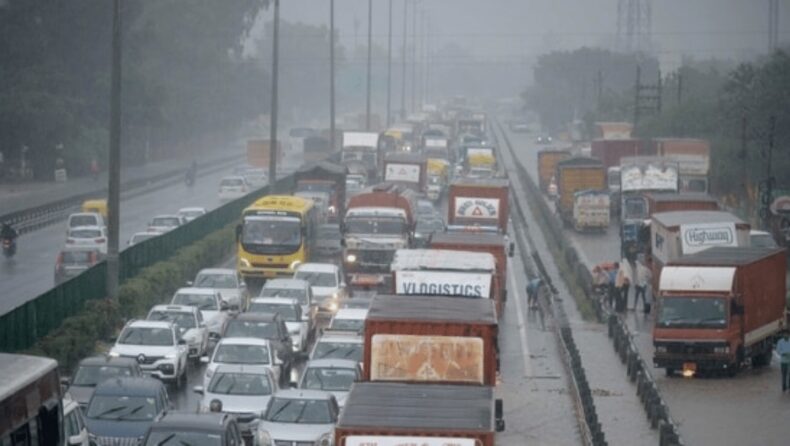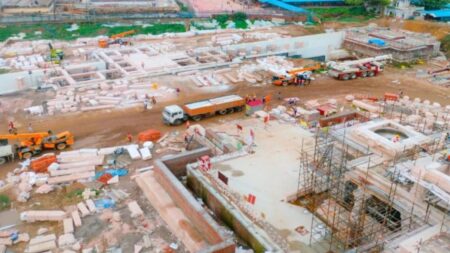Delhi is known for its extreme climate and temperatures. The capital city is witnessing a heavy downpour. The Delhi traffic police have requested the people to stay at their respective homes till the downpour doesn’t stop. The downpour is predicted for the next 2-3 days. The rains are quite moderate. This type of moderate rain will be continuing for the next 2-3 days.
The Delhi police has issued certain guidelines for people to stay indoors and how the traffic will be disrupted due to the traffic movements across the city. Several parts of Delhi and even the Delhi- Gurugram highway have been heavily flooded. Delhi traffic police took the Twitter handle to explain every guideline to the traffic situation. As of now, a red alert has been announced in all parts of Delhi.
The main areas affected by the waterlogging are Phirni road and Tooda Mandi red light in Najafgarh. All the areas falling between these two locations are affected due to waterlogging. Not only this, Mahatma Gandhi Marg towards Dhaula Kuan, near Shanti Niketan (including Moti Baug ) are highly junction) are affected due to waterlogging.
According to the Indian Meteorological department, Rains are occurring with high-intensity thunderstorms in Delhi and nearby areas. In nearby areas of Delhi, an orange alert has been announced. People have also been warned of heavy rains. Heavy rains have also disrupted traffic and vulnerable structures across Delhi and nearby areas.
All the Kutcha roads of Delhi have been badly affected. According to sources, light may occur in Delhi for the next 2-3 days. Travel restrictions have been announced in Delhi. Airlines have been informed about the congestion in climate and the air.
The visibility in the air is very slow. This may largely affect the takeoff and landing and the operations of the airline throughout Delhi until the climate and the air is clear. All the passengers need to travel safely to travel to Delhi. According to sources, waterlogging has happened for the 2nd consecutive day, the capital city recently recorded the lowest temperature, 23.8 degrees Celsius. The maximum temperature recorded was 28 degrees Celsius. The air quality index is 61, which is manageable
According to sources, the Safardunj observatory received 58.5mm of rainfall which is more in comparison to the previous month, which received 41.6mm of rainfall (the lowest in the past 14 years). The rains are yet to stop for further movement in the city.
Read More – Delhi rain aftermath













